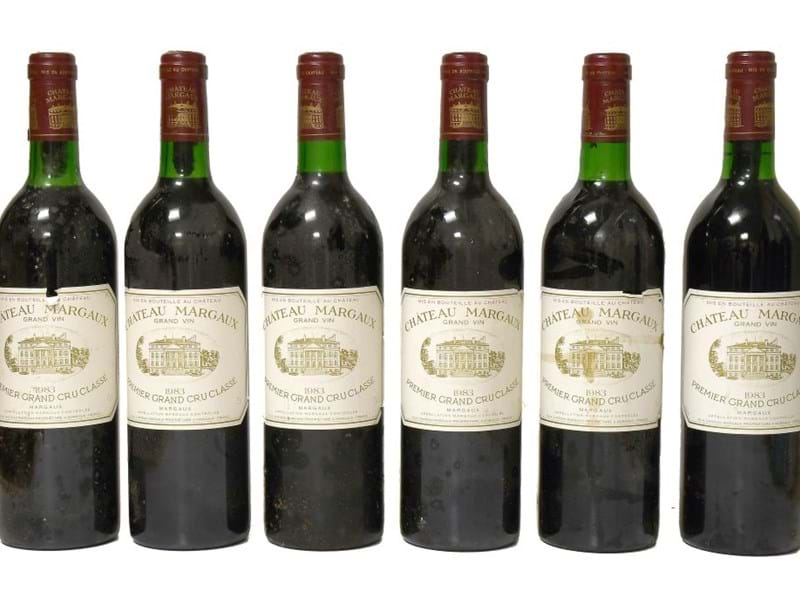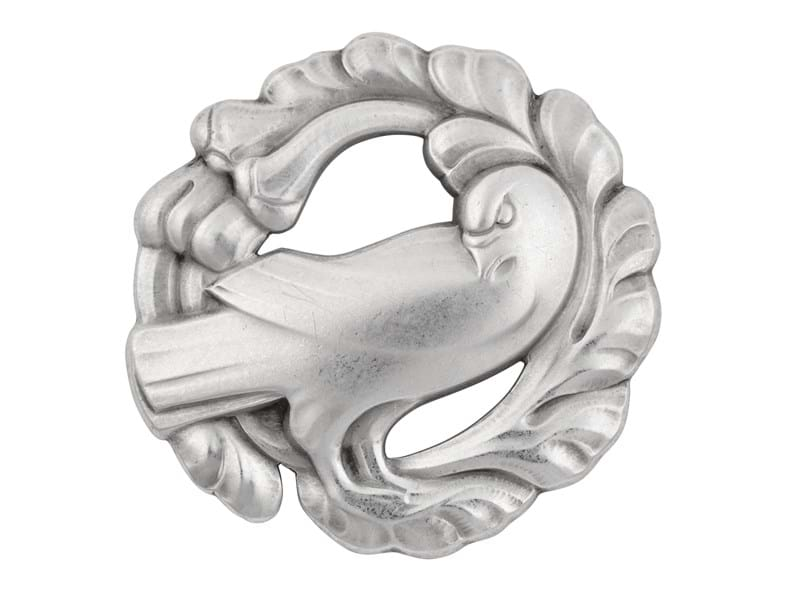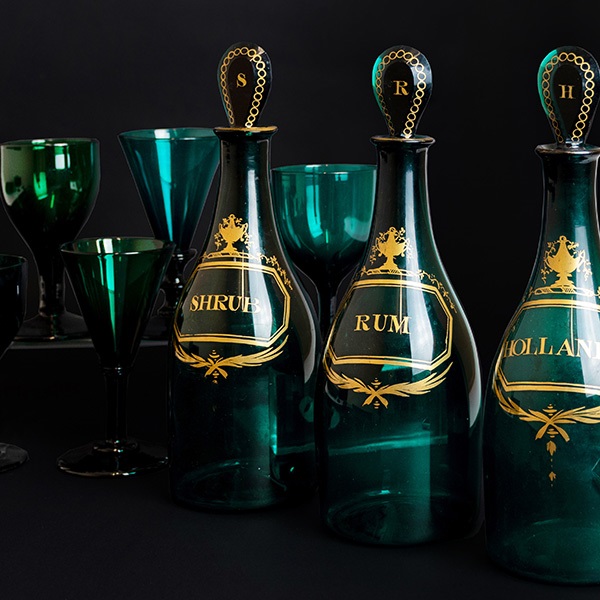Tennants Auctioneers are pleased to be able to offer for sale a fascinating pair of Victorian silver ceremonial natural trumpets in the Fine Jewellery, Watches and Silver Sale on 13th July.
Each is marked for the musical instrument maker Henry Potter and Co., who were based at 30 Charing Cross Road, and with London hallmarks for 1885. Henry Potter is first recorded in 1841 at 27 Marsham Street in Westminster, and by 1852 was known as a military musical instrument maker producing a wide variety of instruments in silver, brass, and copper. Silver examples are obviously rarer than examples in brass and copper, but a silver bugle engraved with the badge of the Royal Fusiliers has appeared recently on the market (Bonhams, 14 February 2024, lot 755).
The trumpets are very much in the form typical of examples made throughout the 19th century by various makers and mostly intended for military or ceremonial purposes. Perhaps their form and decoration can be traced back to the famous instrument maker William Bull who produced at least two examples in silver, one now at the Ashmolean in Oxford (museum number WA1947.191.154) and the other owned by the Warwickshire County Museum Service. Each of these examples shows very similar decoration with foliage and flower garland, spiral-fluting and a central foliage knop. The same decoration is a feature of known 19th century examples such as one of 1813 now in the collection of the Rijksmuseum (object number NG-NM-561). This example is attributed to the William Sandbach, a trumpet maker, and William Troby, a London silversmith. It was presented by William I of the Netherlands to his Life Guards.
Two other examples worth noting are both of a more similar vintage to the present pair of natural trumpets. One was made by Henry Keat and Sons which is now in the collection of the Royal Armouries (object number XVIII.90) and another in the collection of the Museum of the King’s Royal Hussars.
This present pair of examples, though of the typical military form down to the chased garland of military trophies, was originally presented as a birthday gift to Henry Pearson Banks (1844-1891) by his brother Edwin Hodge Banks (1847-1917), as recorded on the engraved inscription which appears below the engraved representation of the Banks family coat-of-arms. The gift of the trumpets was also meant to commemorate the elder brother’s year as High Sheriff of Cumberland, though the engraver transposed the date from 1886 to 1868. The event of Banks being invested as High Sheriff is recorded by the London Gazette of 9 March 1886 noting the presence of The Queen’s most Excellent Majesty in Council as well as all the Sheriffs appointed for the year 1886.
Henry Pearson Banks was trained to be a lawyer, and though he kept chambers at the Temple in London, there is little evidence of his practicing law. His being appointed to various posts, such as High Sheriff of Cumberland suggests he maintained a strong connection to Cumberland, the county of his birth. He came from a family with much success through the 19th century, starting at the beginning of the century when the family were weavers in Keswick. Other members of the extended family were to establish businesses such as a pencil manufacturer, exporters and linen manufactures. By the end of the century Edwin Hodge Banks had been made bankrupt and the family estate, Highmoor House in Wigton, had been sold.
The original house at Highmoor was built for Joseph Hodge, who was to marry into the Banks family. As he had no children the house was inherited by William Banks. The house was originally a five-bay stuccoed pedimented villa on which construction commenced around 1817. The Banks family variously extended and improved the house through the century, first in around 1870, when it was extended to the west and had a belvedere added. Later, in 1885, the belvedere was extended in height and turned into a bell tower, complete with carillion.














